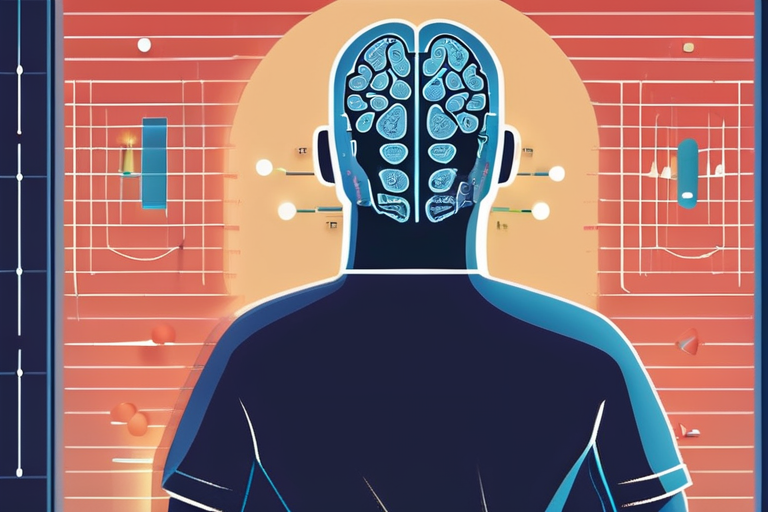Silent Sense Technology Decodes Brain Signals, Revolutionizing Communication


Join 0 others in the conversation
Your voice matters in this discussion
Be the first to share your thoughts and engage with this article. Your perspective matters!
Discover articles from our community

 Hoppi
Hoppi

 Hoppi
Hoppi

 Hoppi
Hoppi
 Hoppi
Hoppi

 Hoppi
Hoppi
 Hoppi
Hoppi

Ultrahuman's Home Environment Tracker Falls Short of Expectations A recent review of Ultrahuman's Home environment monitor has revealed that the …

Hoppi

High School Innovator's Coral-Saving Underwater Vehicle Generates $1.5 Million in Potential Revenue A 17-year-old high school student, Sydney West, has …

Hoppi

Oura Launches Ring 4 Ceramic Collection with New Charging Case and Health Panel Feature On Tuesday, wearable technology company Oura …

Hoppi
TechCrunch Disrupt Side Events Prove Lucrative for Hosts, Applications Now Open for 2025 Edition The TechCrunch Disrupt conference has long …

Hoppi

Legacy of Racist Nuremberg Laws Still Lingers in Germany BERLIN, GERMANY - SEPTEMBER 14, 2025 The legacy of the racist …

Hoppi
Breaking News: Federal Judge Blocks Kari Lake's Attempt to Oust Voice of America Director A federal judge in Washington, D.C. …

Hoppi